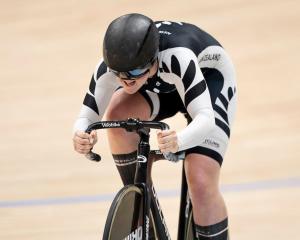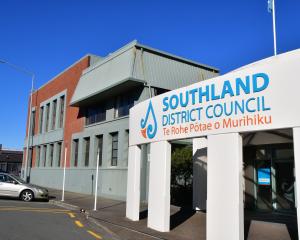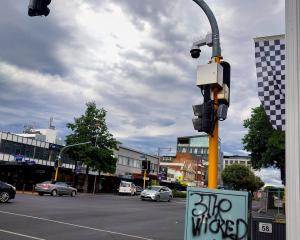
LiDAR (light detection and ranging) mapping technology has many uses as it essentially provides us with a way to visualise our region in new ways, giving us more confidence in project decision-making and more certainty around managing risk.
As many parts of the country continue to recover from the devastating impact of cyclones and flooding, we all need to consider ways to be more resilient to our changing climate.
With this sort of technology, we’ll be one step ahead in terms of modelling floods, for example.

With LiDAR we’re able to see a 3-D image of the bottom of the river, making those volume calculations far more accurate and therefore better able to assess flooding risk.
It will also be very helpful for those making decisions about residential and commercial development, renewable energy generation and managing things like on-farm nutrients and precision forestry spraying.
LiDAR is also an excellent tool for farmers who can use it to make quick decisions on things like where to put a fence or construct a pond.
Previous elevation maps only had contours down to 8 metres, while LiDAR allows people to zoom down to 1m in rural areas and down to 20cm contours in some urban areas.
The data can be accessed in processed form from our online mapping tool https://maps.es.govt.nz/. Check out the ‘3D map and profile tool’ and ‘Contours and Elevation’ maps.— Wilma Falconer, Environment Southland chief executive












